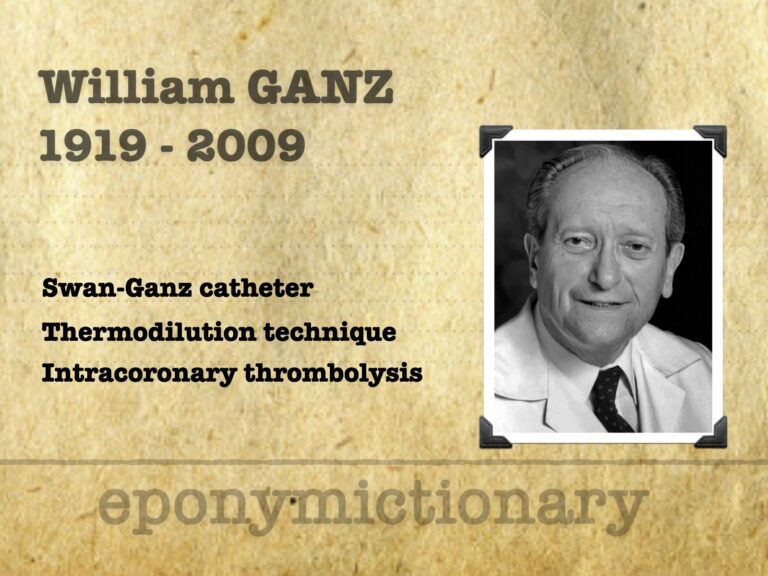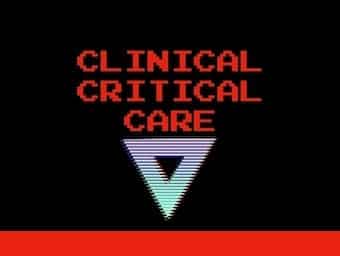
William Ganz
William Ganz (1919–2009), Slovakian-born cardiologist, co-invented the Swan-Ganz catheter and pioneered thermodilution in cardiovascular research

William Ganz (1919–2009), Slovakian-born cardiologist, co-invented the Swan-Ganz catheter and pioneered thermodilution in cardiovascular research

Why keep fighting? 15 million strokes/year (WHO) >5 million permanently disabled >500,000 deaths Wake-up Strokes >20-25% occur during bedtime hours

A 35 year-old female is brought to the emergency department after collapsing in a shopping centre. McConnell sign

The use of thrombolytics for the treatment of submassive PE is controversial — the limited documented benefit (e.g. improved hemodynamics, potential for less chronic pulmonary hypertension) must be weighed against the increased risk of life-threatening hemorrhage and the availability of other therapies (e.g. catheter-directed thrombolysis or clot retrieval)

Alteplase is a tissue plasminogen activator used as a thrombolytic medication in: Acute Ischaemic Strokes, Acute Myocardial Infarction and PE

Stroke Thrombolysis: thrombolysis for acute ischaemic stroke is a controversial intervention; it is supported by a number of guidelines and in general is viewed favourably by the neurological community

Tenecteplase is a tissue plasminogen activator used as a thrombolytic medication in: Acute Ischaemic Strokes, Acute Myocardial Infarction, PE

STEMI is a type of acute coronary syndrome that requires emergency reperfusion therapy. Definition and assessment of STEMI is described in Acute Coronary Syndromes

Acute Coronary Syndromes (ACS) Literature Summaries

Schrödinger’s Fence...or, where we currently sit on the matter of thrombolysis in Acute Stroke. An Opinion Piece on IST-3

Do we, as a global medical profession, truly know whether or not tPA is a beneficial treatment early on in the presentation of a CVA?

This is Part 1 of three posts a basic overview of thrombolysis in stroke a detailed overview of evidence based research into thrombolysis and CVA Schrödinger’s Fence Author: Prof Daniel Fatovich Let’s compare the treatment of strokes, to the treatment of…